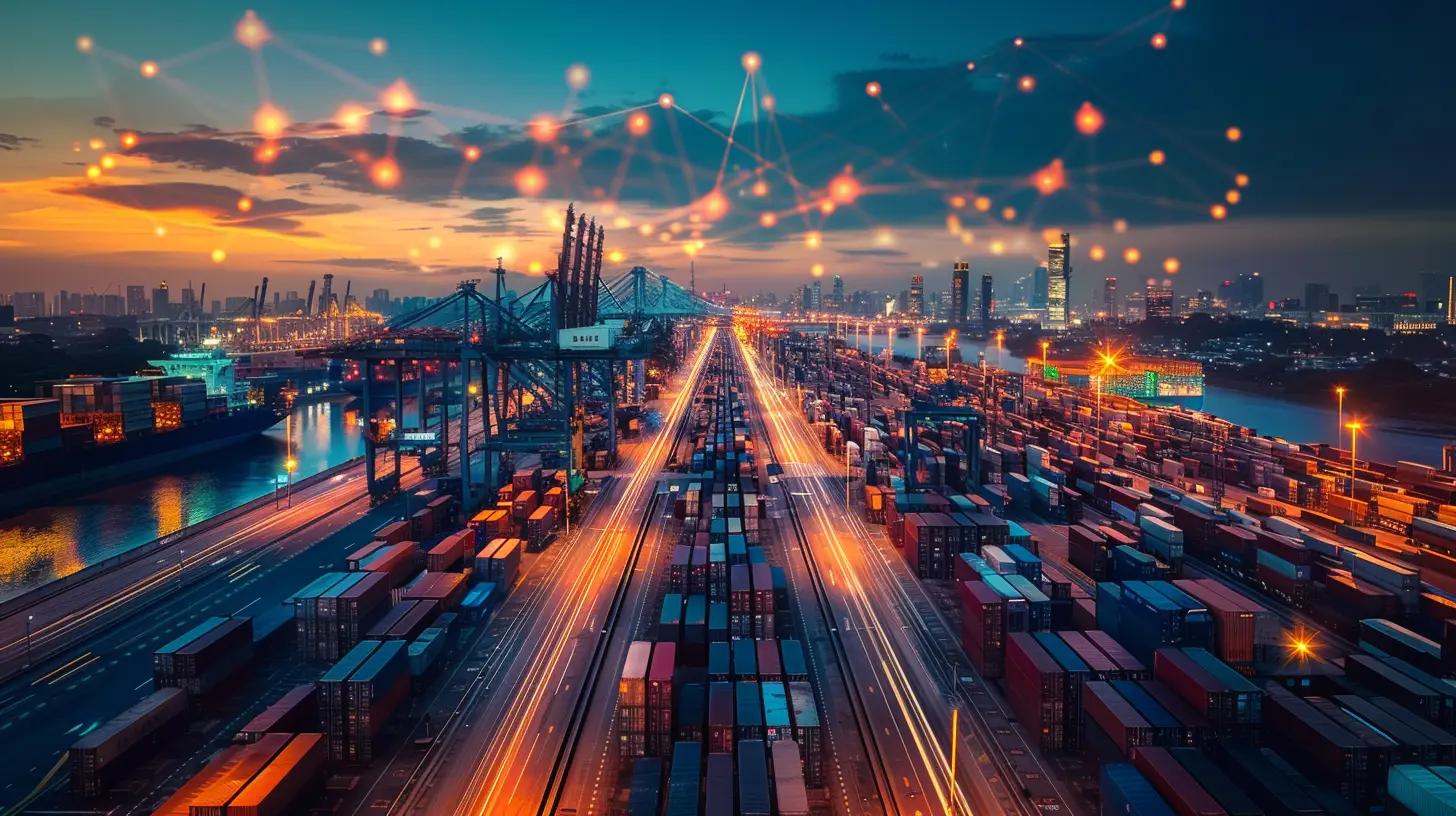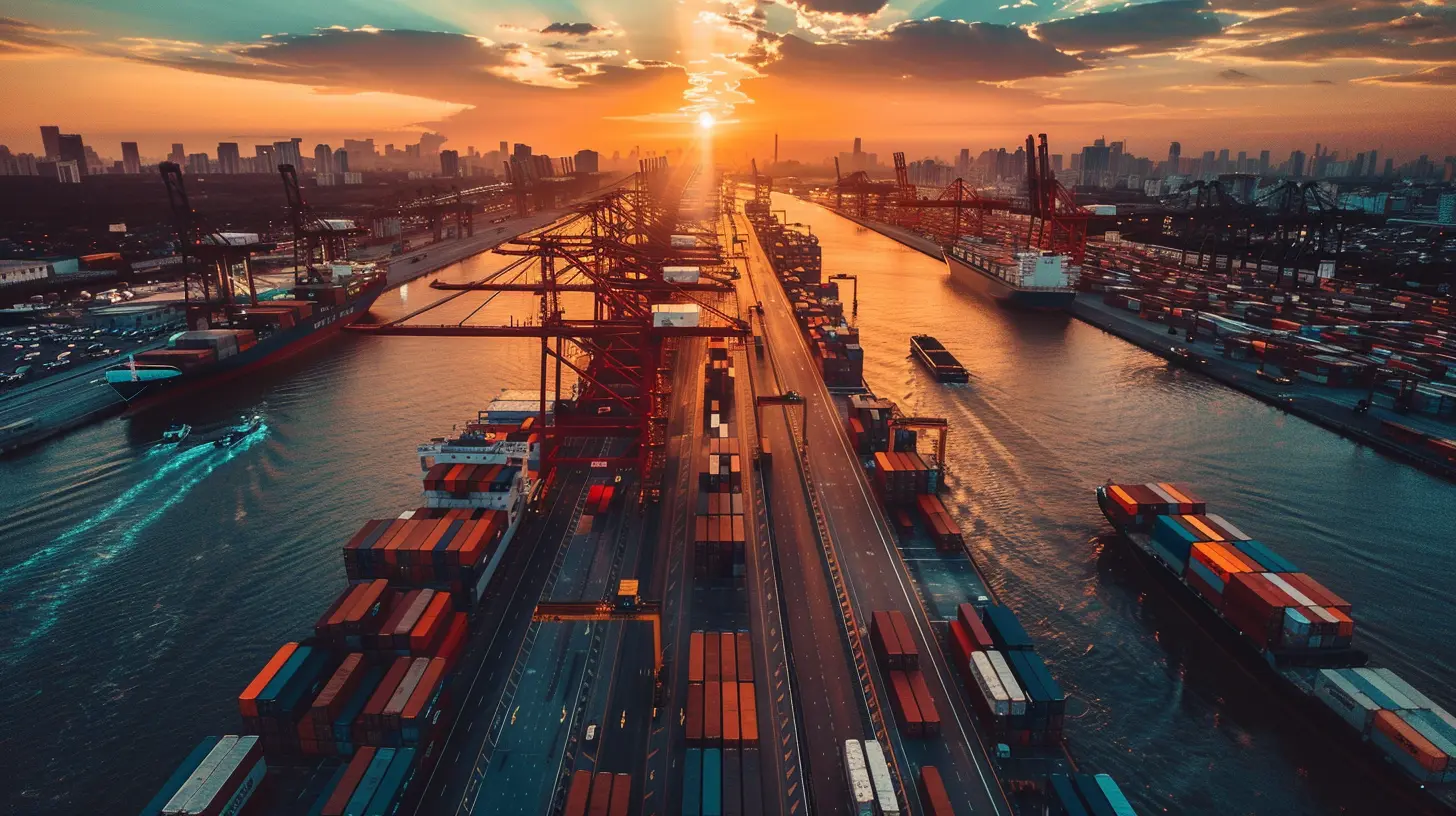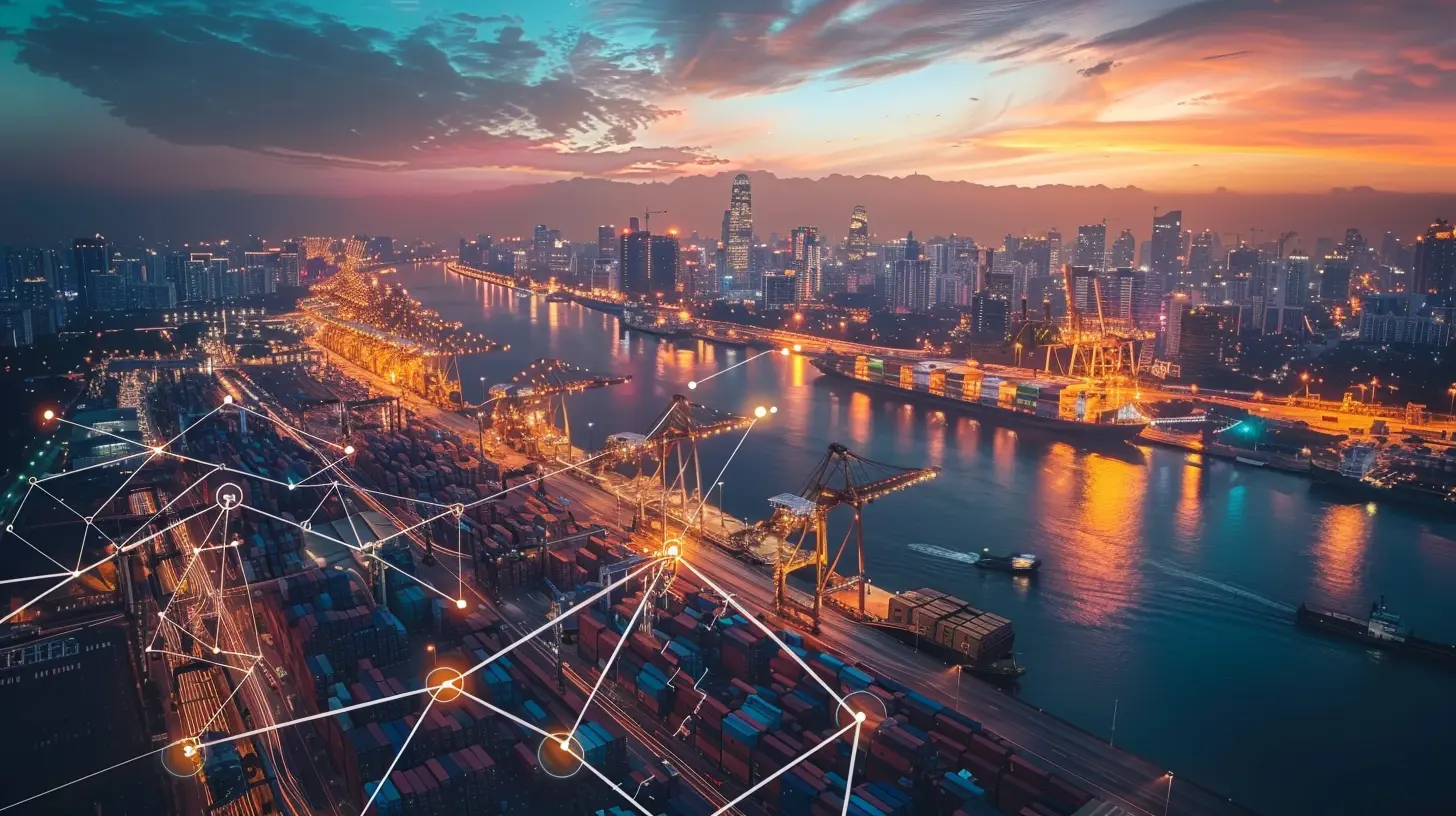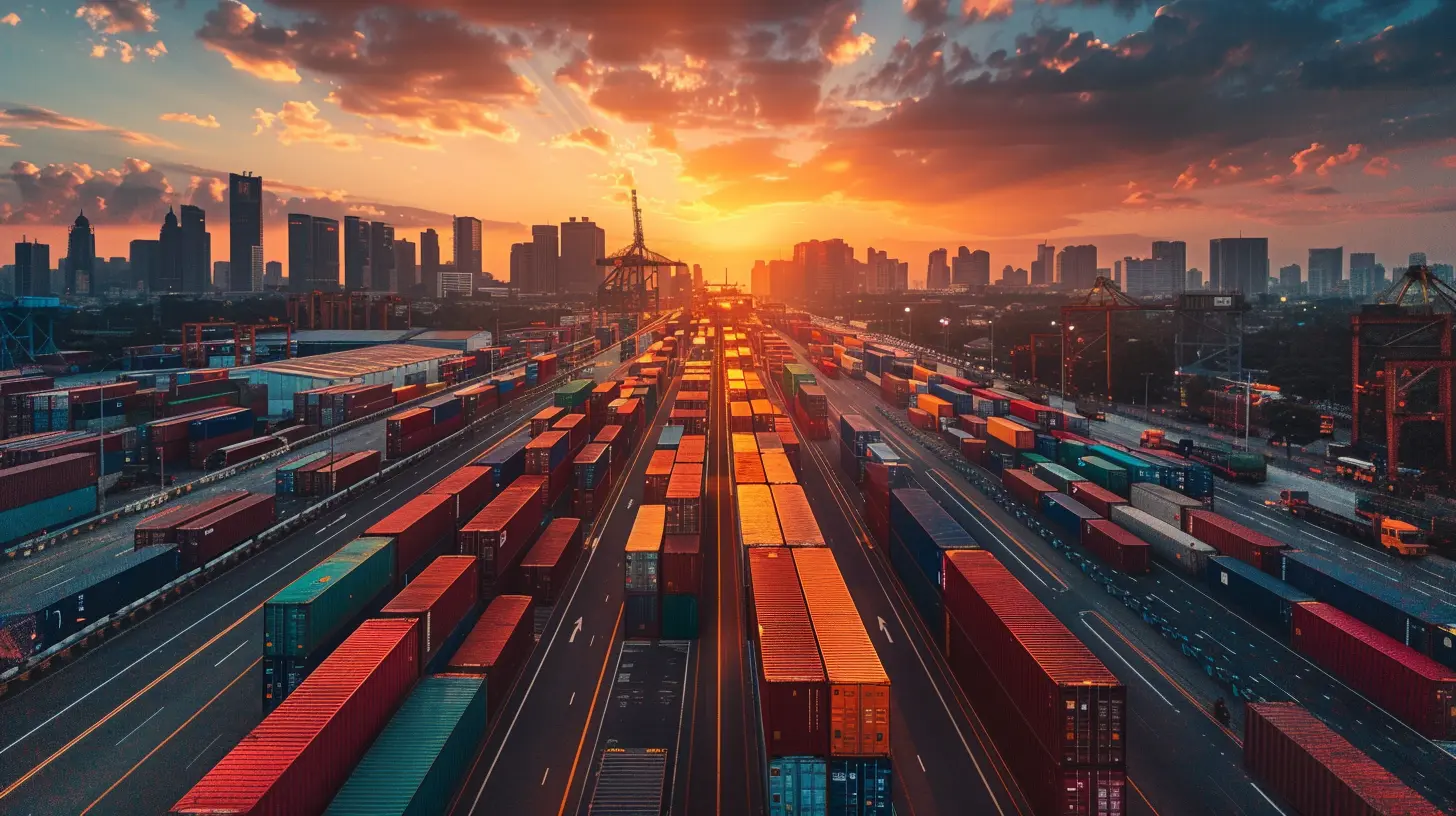Key Trends Shaping the Future of Global Supply Chain Networks
2 July 2025
The world of supply chains is evolving rapidly, driven by technology, sustainability concerns, and unexpected global disruptions. Businesses that fail to adapt risk falling behind, while those that embrace the changes can turn challenges into opportunities.
So, what are the key trends shaping the future of global supply chain networks? Let’s break them down and see how they are reshaping the way goods move across the world.

1. Digital Transformation: The Smart Supply Chain Revolution
Gone are the days when supply chain management relied on spreadsheets and endless paperwork. Today, digital transformation is leading the way, bringing artificial intelligence (AI), automation, and advanced analytics into the mix.AI and Machine Learning Are Taking Over
AI and machine learning are playing a huge role in predicting demand, optimizing inventory, and reducing wastage. By analyzing massive amounts of data, these technologies can foresee potential disruptions and help businesses stay ahead of the curve.For example, AI-powered predictive analytics can forecast seasonal demand shifts, ensuring that warehouses are stocked efficiently. No more overstocking or last-minute rushes—just smart planning.
Automation and Robotics
From self-driving trucks to warehouse robots, automation is increasing efficiency and lowering operational costs. Automated warehouses use robotics to pick, pack, and ship items faster than ever before. This not only reduces human error but also ensures round-the-clock operations.Think of it like having a supply chain that never sleeps—always working, always optimizing.

2. Sustainability: Going Green in the Supply Chain
Sustainability is no longer just a corporate buzzword—it’s a necessity. Consumers are becoming more environmentally conscious, and businesses need to step up their game.Eco-Friendly Shipping and Packaging
Companies are switching to biodegradable packaging, reducing plastic use, and optimizing shipping routes to cut down on carbon emissions. Even major players like Amazon and Walmart are setting ambitious sustainability goals to reduce their environmental impact.Carbon Neutral Supply Chains
Some companies are taking sustainability to the next level by striving for carbon-neutral supply chains. This includes investing in renewable energy for warehouses, using electric delivery vehicles, and supporting carbon offset programs.In the long run, sustainable supply chains aren’t just good for the planet—they’re also cost-effective and appealing to eco-conscious consumers.

3. Resilience and Risk Management: Preparing for the Unexpected
If the COVID-19 pandemic taught us anything, it’s that supply chains need to be resilient. The past few years have seen major disruptions, from global lockdowns to shipping container shortages. Companies that weren’t prepared suffered massive losses.Nearshoring and Regionalization
Businesses are moving away from a heavy reliance on far-reaching supply chains. Instead of sourcing materials from halfway across the world, companies are now focusing on nearshoring—bringing production closer to home.For instance, U.S. companies are increasingly looking to Mexico instead of China for manufacturing. This reduces lead times and minimizes risks related to global disruptions.
Diversification Over Dependence
Relying on a single supplier is risky. Smart businesses are diversifying their supplier base so that if one source goes down, they have alternatives ready to go.It’s like having a backup generator during a power outage—better safe than sorry.

4. Blockchain: Enhancing Transparency and Security
Blockchain is no longer just for cryptocurrency. In supply chains, it’s proving to be a game-changer.Improved Transparency
With blockchain, every transaction is recorded in a secure, unalterable ledger. This means businesses and consumers can track products from the source to the store, ensuring authenticity and ethical sourcing.For example, the food industry is using blockchain to trace the journey of products from farm to table. If there’s a contamination issue, affected batches can be pinpointed and recalled within minutes instead of days.
Enhanced Security
Because blockchain records cannot be tampered with, fraud and counterfeiting become much harder. This is particularly important in industries like pharmaceuticals, where counterfeit drugs can have life-threatening consequences.5. The Rise of E-commerce and Omnichannel Logistics
E-commerce is booming, and with it comes the need for faster, more efficient supply chains. Customers now expect same-day or next-day deliveries, putting pressure on businesses to optimize logistics.Micro-Fulfillment Centers
Retailers are setting up small, localized fulfillment centers in urban areas to speed up deliveries. By reducing the distance between warehouses and customers, businesses can fulfill orders faster and reduce shipping costs.Last-Mile Delivery Innovations
Last-mile delivery—the final step of getting a package to a customer’s doorstep—is one of the biggest challenges in logistics. To tackle this, companies are experimenting with autonomous delivery robots, drones, and even crowd-sourced delivery networks.Imagine receiving your package from a drone within an hour of ordering—sounds futuristic, but it's already becoming a reality!
6. Geopolitical and Economic Factors: Navigating a Shifting Landscape
Trade wars, sanctions, and economic instability all impact global supply chains. Businesses must be agile and adapt to changing regulations and tariffs.Adapting to Trade Tariffs
With tensions between major economies like the U.S. and China, businesses must navigate shifting trade policies. Some are adjusting supply routes or seeking alternative suppliers to avoid high tariffs.Economic Uncertainty and Inflation
Inflation and fluctuating fuel prices also affect shipping costs and overall supply chain expenses. Companies must keep a close eye on global economic trends to remain competitive.7. The Human Factor: Workforce Challenges and Skill Gaps
Technology is transforming supply chains, but people still play a crucial role. The increasing use of AI and automation means that workers need to upskill and adapt.Upskilling the Workforce
As automation takes over manual tasks, employees need training in data analytics, AI, and logistics management. Companies that invest in their workforce will have a competitive edge.Addressing Labor Shortages
The logistics and transportation sectors are facing workforce shortages, from truck drivers to warehouse staff. Businesses are turning to better wages, benefits, and automation to fill the gaps.
Final Thoughts
The future of global supply chain networks is being shaped by technology, sustainability, resilience, and evolving consumer expectations. Businesses that stay ahead of these trends will not only survive but thrive in the fast-changing landscape.Whether it’s blockchain enhancing transparency, AI optimizing logistics, or sustainability driving change, one thing is clear—the supply chain revolution is here, and it’s transforming the way the world moves goods.
all images in this post were generated using AI tools
Category:
Supply Chain ManagementAuthor:

Remington McClain
Discussion
rate this article
1 comments
Sofia Barnes
Adaptation is crucial for success.
July 7, 2025 at 2:48 AM

Remington McClain
Absolutely! Adaptation is essential to navigate the evolving challenges and opportunities in global supply chains.


